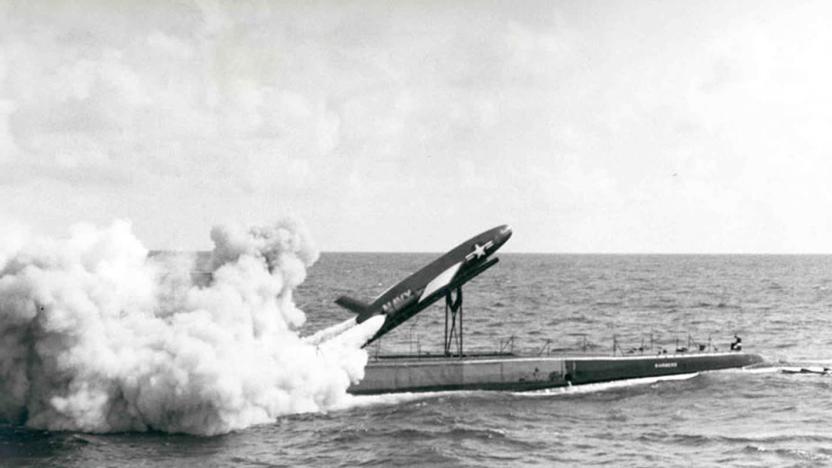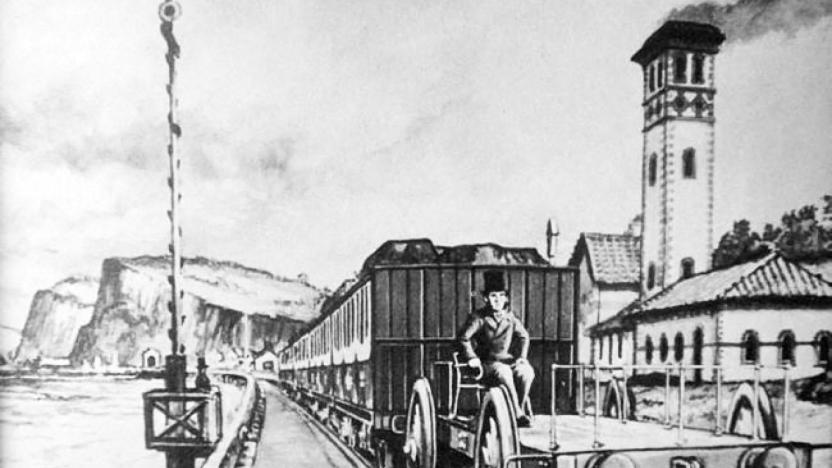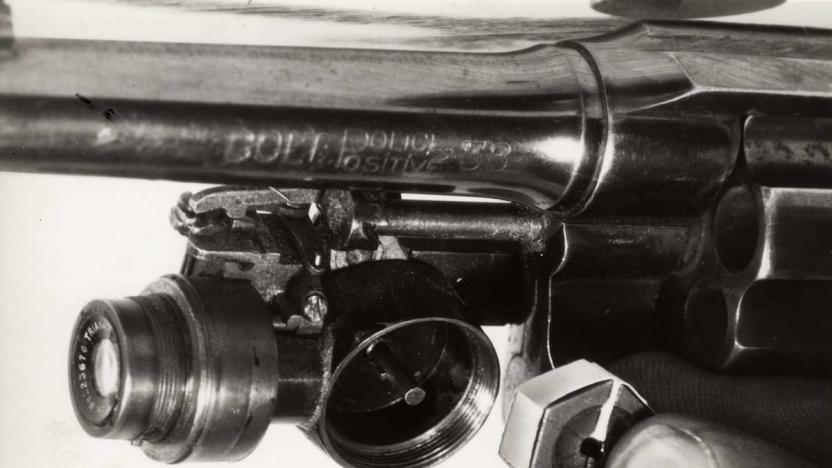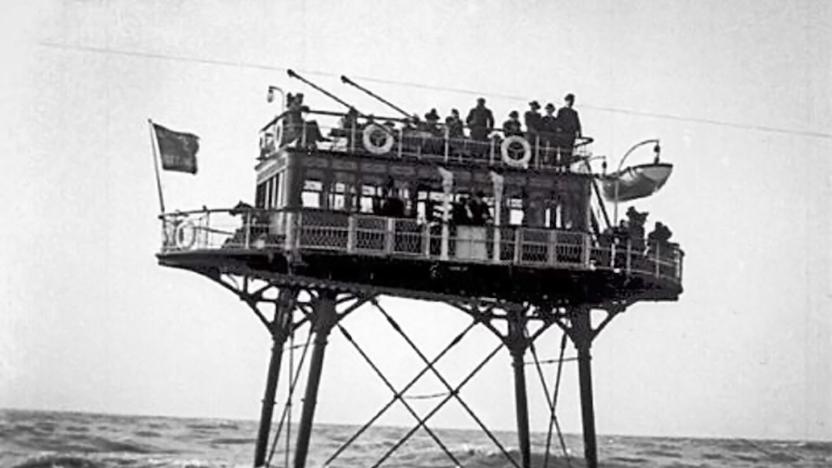engadgetbacklog
Latest

The rise and fall of rocket mail
As you read this, countless cards, letters and packages are en route to delivery destinations across the globe. We rarely think about the logistics involved in international mail crossing land and sea, country borders and continents, because we don't have to. We simply take our item to the nearest postal service branch, pay an acceptable conveyance fee, and within a week or sooner, that item can end up on the other side of the world. But some two hundred years ago, eccentric minds were devising ways of cutting international delivery times to hours or even minutes. Their method? Rockets.

A brief history of when trains ran on air
Isambard Kingdom Brunel was and is one of the most celebrated engineers ever to have lived. There's a London university named after him, statues commemorating him across the UK, and many of the tunnels and bridges he built are still in use today. He designed London's Paddington station, built the first transatlantic steamship powered by propellers, and was chief engineer of the Great Western Railway, which connected the capital to distant parts of England and Wales. His legacy isn't just one of achievements, though. He is also renowned for his involvement in one failed project in particular: Brunel's atmospheric railway (or "caper," as it's sometimes called). Cars on the line -- officially, the South Devon Railway -- had no on-board engines, as they were driven by air pressure alone. But the design of the system was ultimately flawed. Within a year of service starting, atmospheric propulsion on the South Devon Railway was quickly abandoned.

The ancient earthquake detector that puzzled modern historians
Modern seismographs are extremely sensitive pieces of equipment. By recording the slightest movements of laser light or magnets, these devices can detect the smallest of rumbles even when we can't sense them. There are networks of thousands upon thousands of seismographs set up across the globe that can accurately determine the epicenter of an earthquake -- its point of origin. And with all the data these clusters produce, we are constantly improving our understanding of these geological events, developing early warning systems and figuring out how to build the safest structures. We have technology on our side, of course, and yet the design of the earliest earthquake detection device isn't that different from today's versions. Only it was created nearly 2000 years ago, before people even understood what an earthquake was.

When body cams had bullets
Just as GoPros have given us a whole new perspective on everything from extreme sports to animal behavior, so have body-worn cameras offered new insights into policing. Law enforcement agencies around the world now use body cams to record the activities of officers in the field, though they've only become commonplace in the last few years. But the idea of documenting the volatile situations officers can find themselves in -- providing both evidence against offenders and holding police accountable for their actions -- is much, much older. The first attempts were very different from the body cams of today, however, as releasing the shutter required pulling the trigger of the gun the camera was attached to.

The automated in-car navigator that predated satellites
Standalone navigation devices are a dying breed. These days vehicles tend to have navigators plumbed into their dashboards, and as long as there's a smartphone to hand... well, there's an app for that. Demand for the devices nosedived years ago, but the technology underpinning them is alive and well, floating out there in space. What we all know as GPS wasn't operational until the mid '90s, though this was predated by Transit, the first satellite-based geolocation network completed in the '60s. But the first automated in-car navigation system was developed long before we had the technology to put anything into space.

Dr. Julius Neubronner's fantastic flying cameras
The first aerial photograph was taken in 1858 by Frenchman Gaspard-Félix Tournachon, also known by his alias Nadar, from a tethered gas balloon suspended over Paris. While the images captured on this flight have since been lost to time, there are plenty of surviving examples of aerial photographs shot during the latter half of the 19th century. In addition to balloons, kites and rudimentary rockets were used to send cameras skyward. Even Alfred Nobel was drawn to the practice, with one of his last patent applications being for a method for rocket photography. It's hard to grasp how challenging this was at the time. We need only load up Google Earth to see our house from space, or buy a hobbyist drone to capture our own aerial panoramas. Long before satellites and quadcopters, though, Dr. Julius Neubronner started strapping cameras to pigeons.

Fiske’s Reading Machine was a pre-silicon Kindle
E-readers have become one of the most pervasive pieces of tech for many reasons. They survive alongside tablets because they're accessible -- Amazon's entry-level Kindle is just $80 -- and don't require daily charging. E-ink displays don't strain your eyes nearly as much as backlit screens, nor do they keep you up at night. Above all else, though, they can hold the entire works of Shakespeare countless times over while being thinner and lighter than any paperback. But this idea of portability, of condensing the written word into a format only a device can understand, is older than The Great Gatsby. It can be traced back to the early 1920s, and the invention of the Fiske Reading Machine.

The undersea electric railway built and abandoned within six years
The seaside town of Brighton sits on the south coast of England, roughly 50 miles from the center of London. Famed for its pebble beaches, piers and cool residents, Brighton remains a popular destination for Londoners wanting a quick fix of fresh air and sea views. The town has been a tourist hotspot for hundreds of years for this very reason. Throughout its lifetime countless attractions have come and gone, but none perhaps as elaborate and bizarre as the short-lived electric railway on stilts, known at the time as "Daddy Long Legs."
